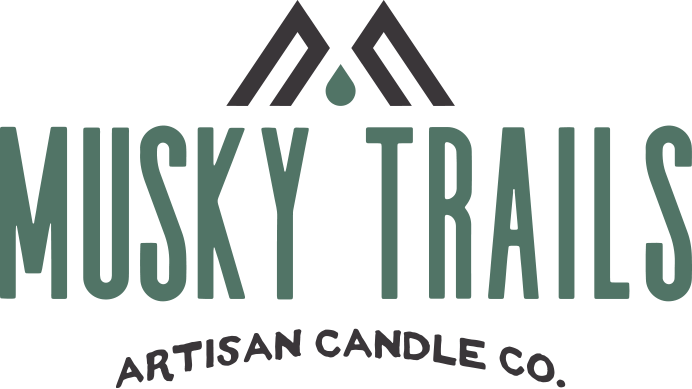
Thank You for Your Support
After 6 wonderful years of serving our community, we have made the difficult decision to close our doors.
We are deeply grateful for your support, loyalty, and trust. Thank you for being a part of our journey, and supporting our National Parks.
See you on the trails,
Musky Trails Artisan Candle Co.